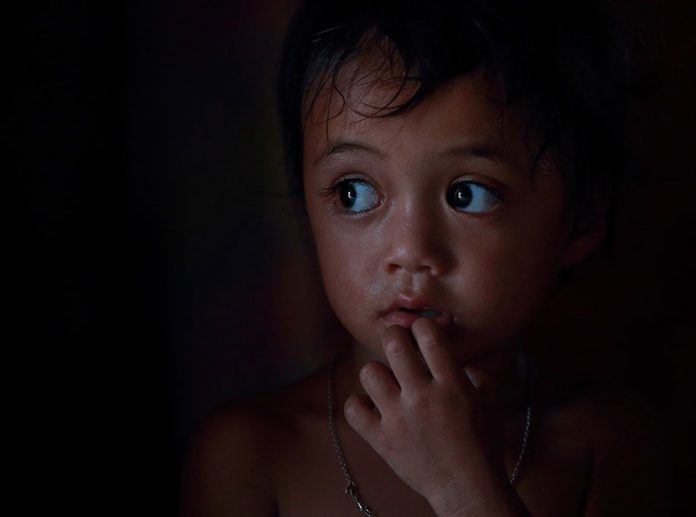Have you ever wet your bed in the middle of the night from the horrible dreams you would get? Perhaps you’ve trembled at the sight of clowns at a theme park sometime. Having these children’s phobias is more normal than you might think. These are actually a condition 9.2% of children and adolescents experience while growing up. A majority of the time, children overcome these phobias. However, they might not at times. Studies suggest that children with child phobias are much more likely to experience anxiety and stress.
The Chief Most Reason Behind All The Children Phobias
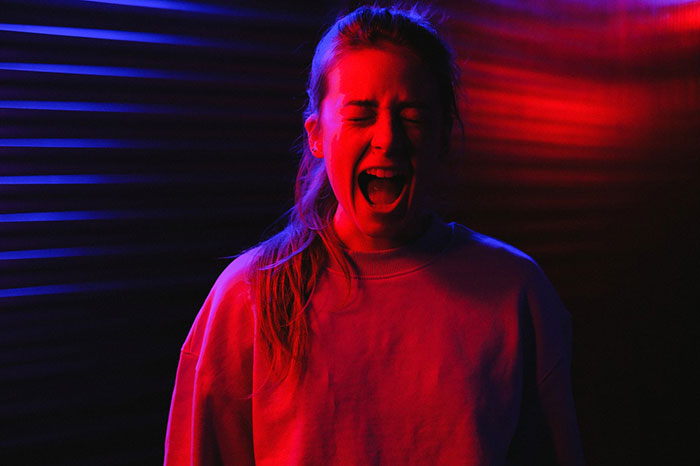
For most young children, the fear of being separated from their guardian or primary caregiver often acts as a source of all their other fears. A child is less likely to be if he or she would know that their parent, parents, or guardians are around to protect them. With that said, no one’s to say what kind of phobia your child might end up having. These children’s phobias could also result from negative experiences children had in their early childhood.
Often, the cognitive and developing mind of a young child will associate a certain situation, thing, or a person with a certain feeling they had experienced. Based on this, they will experience a fear every time they have interaction with it. Here are a few common types of phobias that children face.
Types of Fear That Children Often Face
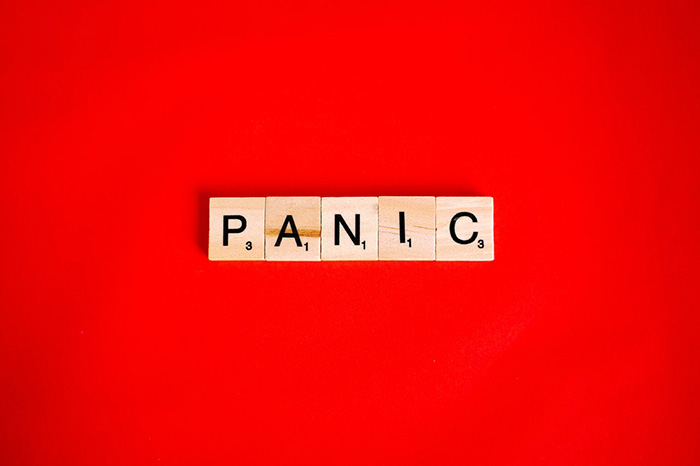
The developing brain of a child is vulnerable to many fears that might or might not harm the way they function. A phobia is an excessive fear that develops through a consistent negative perception of something. A typical Phobia will last no less than 6 months and can go on for years. Sometimes, it may even become part of your adult life. Here are the most common types of Children phobias that are experienced.
1. Specific Phobia
A child will eventually develop a fear of something or a situation when exposure to it tends to cause anxiety for the child. This stems from the desire to stay away from a similar situation or thing. If forced to face it, the fight and flight mechanism can compel them to react in two distinct ways. They may stay and endure with fear. However, this will interfere with their daily life functions. The second situation would be when they want to stay very far away from the situation and not get involved in dealing with their fears. In the long run, the latter of the two may be much more harmful since it only makes the phobia much more pronounced within a child’s personality.
2. Panic Disorder
A panic disorder is characterized as a period of great fear or discomfort. This normally occurs as an unpredictable and sudden reaction to nothing in specific. Multiple factors may contribute to this panic disorder. The most common factor contributing to it is family history and genetics. If there is a history of panic disorders in the family then the child is more likely to develop a panic disorder. The most common symptom of a panic disorder is a panic attack. Other major causes include a traumatic event where the child may feel vulnerable like sexual assault. They may also endure a serious emotional loss and do not find a proper coping mechanism to deal with it. Doctors often associate high levels of stress with panic disorder as well.
Here is a Complete Guide: Destress Your Life and Live it Lively
3. Agoraphobia
Agoraphobia is characterized as the fear of open spaces. It is often accompanied by other fears such as a social phobia. Often, people who have agoraphobia also suffer from a fear of closed spaces or claustrophobia. As ironic as it is, doctors associate it with previous encounters with sexual assault where the victim may feel insecure or alone in the situation. A family history of poor mental conditions, either with anxiety or other sorts of fears is likely to transfer to a child’s genetic makeup.
4. Social Anxiety Phobia
People tend to associate social anxiety disorder with a shy or timid nature. Research suggests that social anxiety disorder might be much more than just that. About 7.1% of the population of America suffer from social anxiety disorder and a lesser percentage of this sum are children or adolescents. A social anxiety disorder may impact your behavior in many ways and you will end up not reaching your full potential. Common symptoms are trembling, blushing, sweating, trouble catching your breath, a fast heartbeat, and sometimes an upset stomach or nausea. In young children, this is noticed when they have to perform in front of others of their age group. In extreme situations, even talking to the teacher will cause intense trembling and sweating in class.
5. Separation Phobia
Having a growing kid at home, you will probably notice them go through many behavioral changes. There will be a time somewhere between 2-6 Years of age when they will be too clingy. They will not like going to other people and will mostly prefer staying with their primary caregiver. If you notice that your child is having this phase above the age of 6 and is lasting more than 4 weeks in duration, your kid might be having a separation anxiety disorder (SAD). About 4-5% of children in the USA get the effect of this disorder. About 1.3% of teenagers face this disorder. The most common symptoms are distress and anxiety over losing a loved one or constant worry that something bad is going to happen. The child suffering from this disorder may fall victim to anxiety and depression or may experience constantly high stress levels.
6. Selective Mutism
Selective mutism is faced by kids who are normally shyer and timid. A complex childhood disorder characterizes it where a child may not be able to speak in select situations. In the majority of cases, children in school experience it. Young children are more likely to speak in situations where they are comfortable like their home rather than in School. This is an extremely rare condition and is known to affect less than 1% of children in the USA.
Causes of Children Phobias
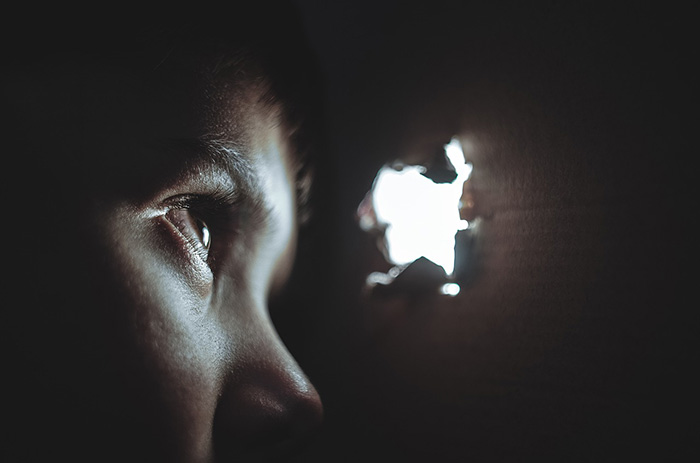
The development of the nature and nurture of your child accounts for a lot of phobias and disorders that they may end up having. Poor genetics don’t always mean that your child will be born with a particular phobia or disorder. These genes might make them more susceptible to developing these disorders than most others. A negative first interaction of a child with a thing or situation may lead to them developing a phobia. However, experts have suggested that this isn’t always the case. While the initial interaction may be poor it can be developed to have a positive impact on their behavior over time. This is how a majority of children tend to get over their childhood phobias in the transition to the teenage and adult stages of their life. Some other causes can include:
Timid Behavior
Being excessively shy or timid as a kid may lead to developing phobias. This is because these children do not get a chance to reshape their perception of situations or things. They end up harboring negative feelings for the thing that they fear and eventually it becomes an embedded part of their personality.
Post-Traumatic Stress Disorder
A study in the United States concluded that around 50% of women and 25% of men who receive mental health services have at some point in their childhood faced sexual assault. This is the most common cause of children developing fears due to a traumatic situation. People who experience Childhood trauma are very likely to develop phobias and disorders. Such children face damage because their increased vulnerability during the assault or traumatizing experience will lead to holding on to these feelings. This is a sort of defense mechanism of the mind. The children will associate fear with everything that would trigger their vulnerability. It is a common result that is often observed in growing children who go through a very traumatizing experience.
Genetics and Family Trends
If a particular mental disability or disorder is common in the family genetics, these individuals become more prone to developing the same issues. Since the adolescent stage is when your mind is undergoing the majority of the growth, this is the period when the child will develop such disorders. Their growing mind is vulnerable, the cognitive thoughts will quickly develop into their mindset and show as part of their personality. Often, children do not realize the cause behind their behavior even if extremes like throwing things in anger denote it. A parent or guardian needs to point out the change in behavior and root out the cause of these negative feelings.
Physical Health Conditions
This is less common than the others, nevertheless contributes to childhood phobia. Certain physical diseases like heart arrhythmias and thyroid cause harmful effects on the mental development of a child’s mind. Sometimes, certain medicinal drugs may also end up causing negative impacts on the child’s mind and body.
Common Symptoms of Children Phobias
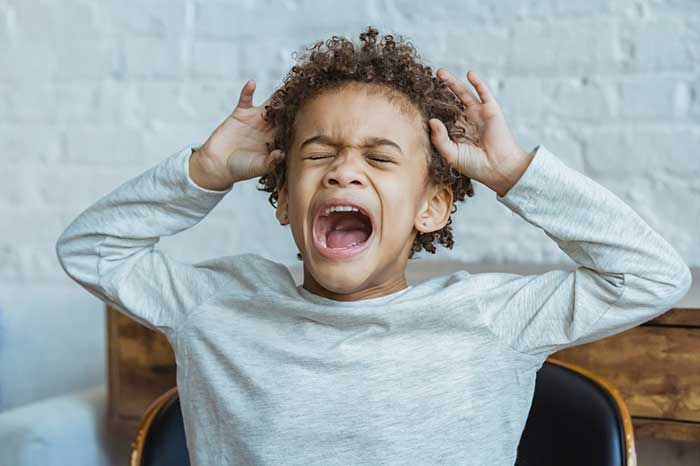
If you do have a history of mental disorders in your family and you wish to secure your child of the possibility, it will serve you well to know a few of these common symptoms:
- Trembling and shaking
- Feeling nauseous, dizzy, or fainting
- Also, shortness of breath
- Sweating
- Increased heart rate
- Chest or abdominal pain or discomfort
- Chills and hot flashes
- Numbness
- Besides, the feeling of being choked
If your child is facing more than 3-4 of these issues, you should get professional help because they may indicate a panic attack.
Diagnosis of Phobias in Children
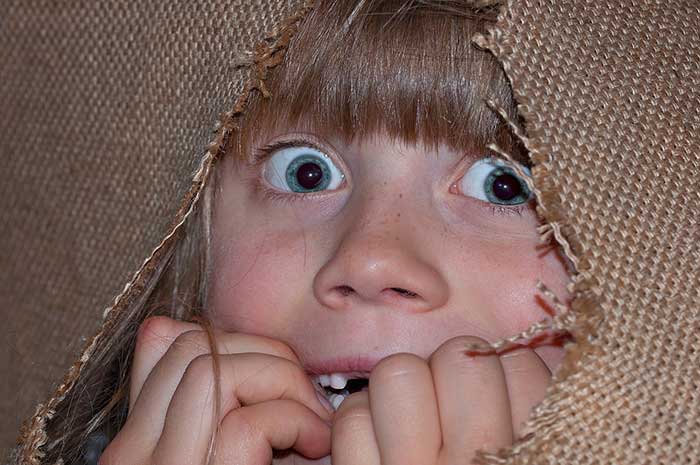
To diagnose your child with a Phobia, the first thing will be to rule out any physical health issues. Then the professional will talk to your child to analyze their situation. Depending on the particular case of your child’s phobia, a clinical report will be there. It will aid the professional in the development of a treatment plan. The hardest to diagnose is a panic disorder which may require an in-depth analysis of your child’s situation.
Children Phobias: Treatment
Many factors may contribute to the specific treatment plan that your child may use. These factors include age, gender, symptoms, and general health, and the severity of the condition. The most common treatments for the above-mentioned disorders are:
Family Therapy:
This is a collective counseling session that includes everyone who is emotionally close to the child. This helps the development of the child; it can help the communication of the child and resolve conflicts. Parents play an important role in this type of treatment. A child is best observed by and spends the majority of his or her time with their parents.
School Input:
A school is a place where your child will be spending the majority of their time while apart from you. It is important to talk to school staff so that you receive the necessary information about your child’s behavior or if they are showing any symptoms.
Behavioral cognitive therapy:
This is a common therapy used by psychotherapists and other mental health professionals to treat depression, anxiety, stress, drug, and eating problems alike. Through this therapy, the child will learn to better resist their feelings of vulnerability and eventually control their anxiety and disorder.
Medicines:
A less popular treatment method is the use of medicines. Many medicines may have side effects on your mental health. If prescribed one, be sure to ask the professional about possible side effects as compared to benefits.
Key points:
- Phobias are defined as a fear of something based on persisting negative feelings towards it, particularly a feeling of not being safe.
- Common phobias are fear of height, spiders, loneliness, confined or crowded spaces, etc.
- Possible causes may be genetic or environmental.
- Common symptoms include increased heart rate, trembling, shaking, and nausea.
- With persisting symptoms, you are advised to take your child to visit a professional.
- Therapy and medicine can be used to treat the disorders.
Conclusion:
A child is the most vulnerable creature on earth. It is natural for a child to have a phobia when he or she has exposure to something bad. However, with proper medical guidance and family therapies, it is possible to defeat phobia. The key thing is to trust the child and allow him to heal properly by providing him an environment that is not toxic in any way.


